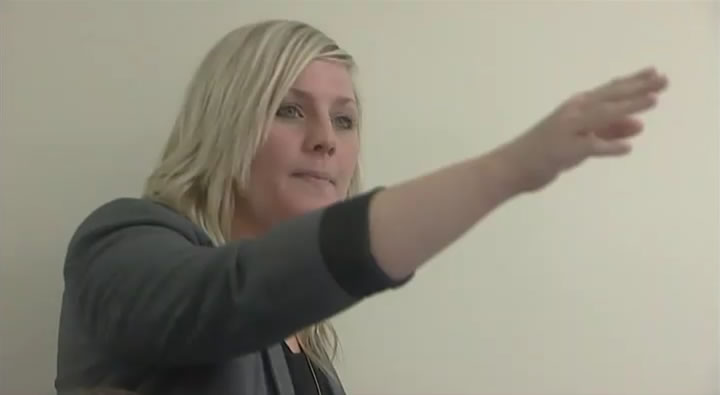Getting the right education for children/young people with special educational needs/disabilities is a matter of recognising individual needs and providing timely and appropriate responses.
Whether this is provided within a special school or through inclusion in a mainstream setting, or a combination of both, should be determined by the needs and wishes of each child/young person and their family, not a presumption based on their ‘category’ of disability.
On the next slide, Harvey's dad Simon talks about the diagnosis and treatment of his son's deafness.
Although Harvey is now 14 years old and a diagnosis of his deafness was made early, his family still finds that educational support for hearing and language has been disappointing. In other words, although early identification is important, so is a timely and appropriate response.
Early intervention
-
 Simon talks about Harvey's diagnosis1:51
Simon talks about Harvey's diagnosis1:51 -
 Simon talks about school provision for Harvey's needs1:00
Simon talks about school provision for Harvey's needs1:00

Legislation and guidance
- Special Educational Needs Code of Practice (Department for Education and Skills, 2001)
- The Education (Special Educational Needs) (England) (Consolidation) Regulations 2001
- Special Educational Needs and Disability Regulations 2014
- Special Educational Needs and Disability Code of Practice: 0-25 years (Department for Education/Department of Health, 2015)

- Capita SIMS (2014) Producing the School Census Spring 2015 Return: English Primary and Middle deemed Primary Schools. London: Capita SIMS.
- Department for Education (2014) School Census 2014 to 2015: Business
and technical specification. London: DfE. [Online at: https://www.gov.uk/government/uploads/system/uploads/
attachment_data/file/398111/School_Census_2014-
15_v_1.5.pdf; accessed: 13.2.15] - Royal College of Nursing (2014) Caring for children and young people: Guidance for nurses working in the independent sector. London: RCN.
